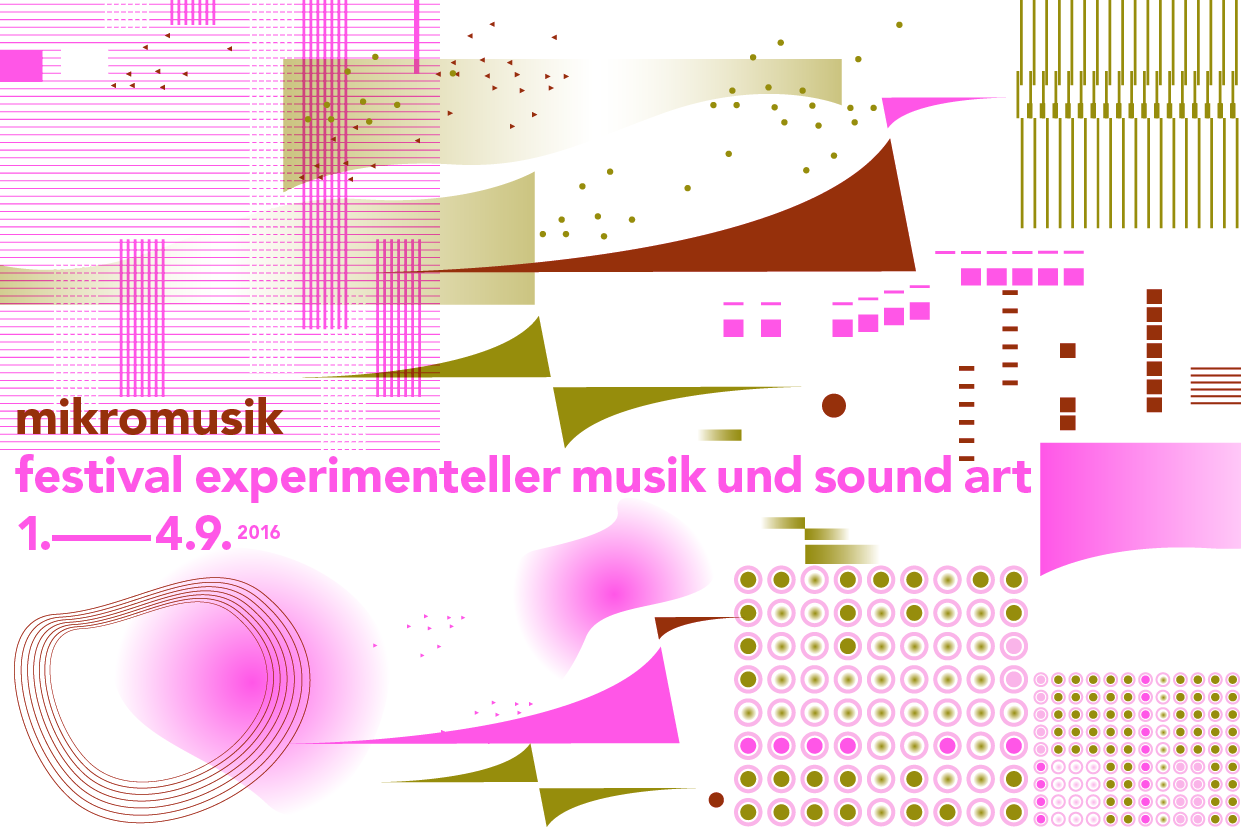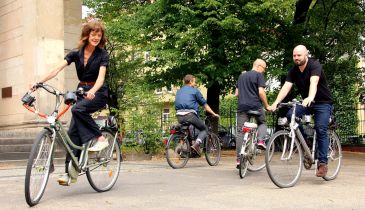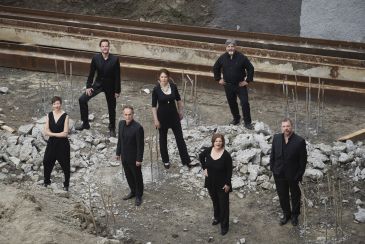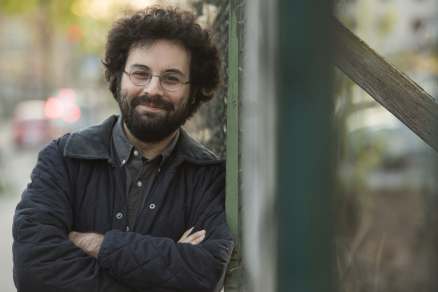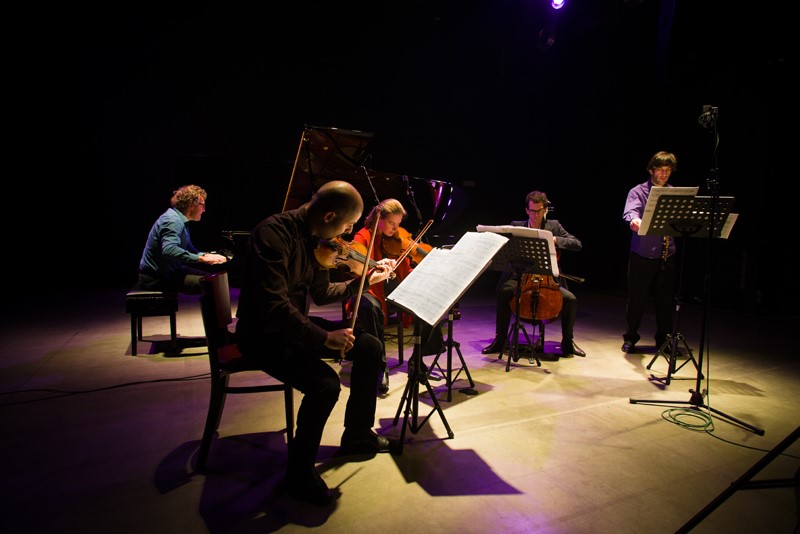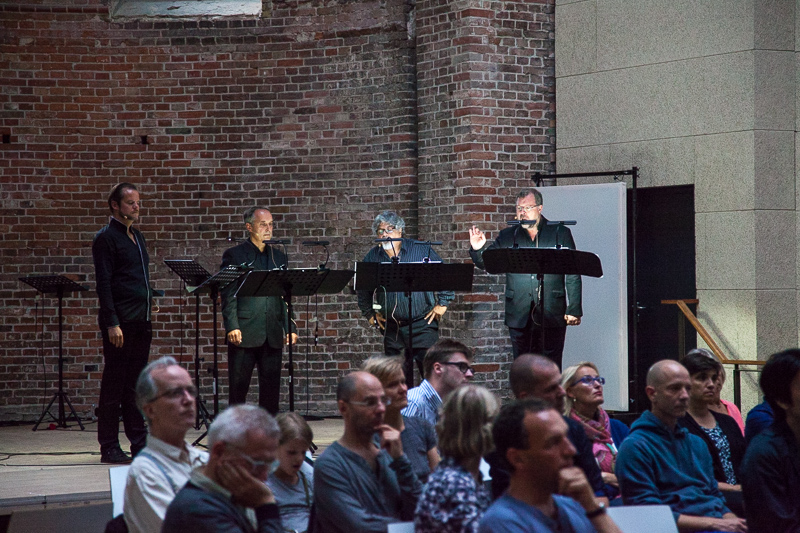Turkey, Music, 2016
Turgut
Erçetin

Composed Acoustics
The Turkish composer and sound researcher Turgut Erçetin has brought the acoustic aspects of sound quite deliberately into the focus of his creative work: not only with respect to sound’s differentiated layering and the complex interactions of individual frequencies, but also as a phenomenon whose dynamics continually change in time and space.
Born 1983 in Istanbul, Turgut Erçetin grew up in that metropolis between Orient and Occident. It was not just the region’s intercultural interchange that shaped him, however, but particularly the city’s specific sonic environment: “I grew up in Istanbul, and its soundscape basically infects my music.” For him, thinking about sound means thinking simultaneously about concrete time structures – time structures that develop and can be experienced via acoustic phenomena of transformation and resonance. And with the interplay of echo and reverberation, Turgut Erçetin expands the compositional range – pulses or cascades of tones can intensify into fields in continuous motion. But his interest lies not just in analyzing sounds and afterwards re-constructing them; rather, he designs acoustic phenomena structurally. Spatioacoustic qualities, such as those in Istanbul’s Hagia Sophia, become compositional aspects that can be processed with the aid of a computer.
Erçetin’s String Quartet Nr. 1, December (2011), which grew out of his studies at the Center for Computer Research in Music and Acoustics at Stanford University, elicits new qualities of musical interaction through the use of live electronics. The four musicians are electronically interlinked, so that the body of each individual instrument is simultaneously a resonating chamber for each of the other instruments. Individual frequencies or entire frequency spectrums of a sonic layer can be amplified, colored, or extinguished, and microtonal oscillations and shifting harmonic accents arise within the audible infrastructure.
Thus, Turgut Erçetin investigates the psychoacoustically complex relationships between spatial perception, musical interaction and the acoustics of specific environments. This analytic-synthetic approach opens up opportunities not only to construct each musical moment layer-by-layer, but also to design “acoustic perspectives” and profound sonic structures. The compositional process frequently begins with the design of algorithmic structures that crystallize into subtle differentiations during the course of the work. Here the composer’s central interest lies in individual perception of the acoustic-temporal continuum, which always exists in relation to spectral transformations. Attentive observation of the relationships among these effects offers the composer an artistic way to design sonic events as they emerge.
Turgut Erçetin’s works create sonic realms of composed acoustics that emerge from the interplay of nuanced spectrums and acoustic perspectives. “Complexity” arises not solely through the organized layering of sound, but very much more through the compositionally structured internal differentiation of acoustic states and motions.
Text: Fabian Czolbe
Translation: Andrea Lerner
Past
-

Panopticon Specularities
Turgut Erçetin2019, CD

Erçetin was a 2016 guest of the Artists-in-Berlin Program. During his residency, two new works were realized for the Stuttgart ensemble Neue Vocalsolisten and Ensemblekollectiv: »Im Keller« and »Panopticon Specularities.« In addition to these two works, his second composition for string quartet, interpreted by the Arditti Quartet, can be heard on the CD. All titles are live recordings of performances from the mikromusik festival in 2016 and 2017. Particularly illuminating are the two different versions of space preserved on the »Im Keller« track on the record.
Order: info@edition-rz.de



